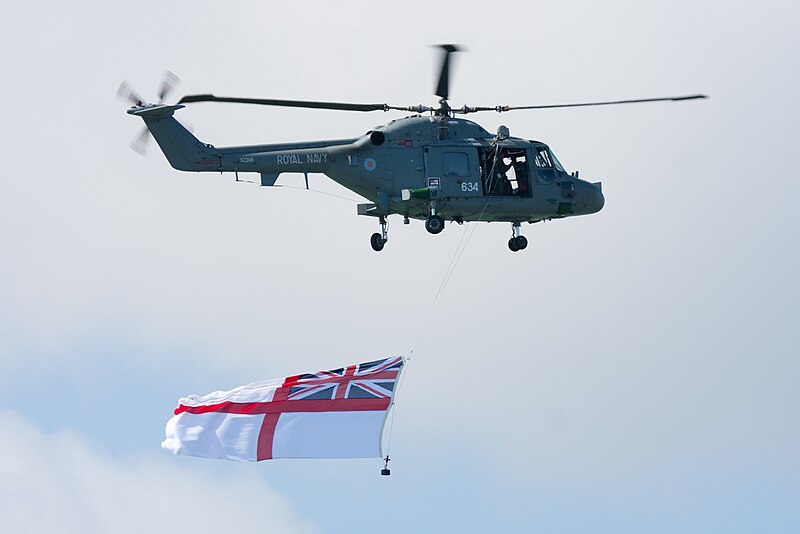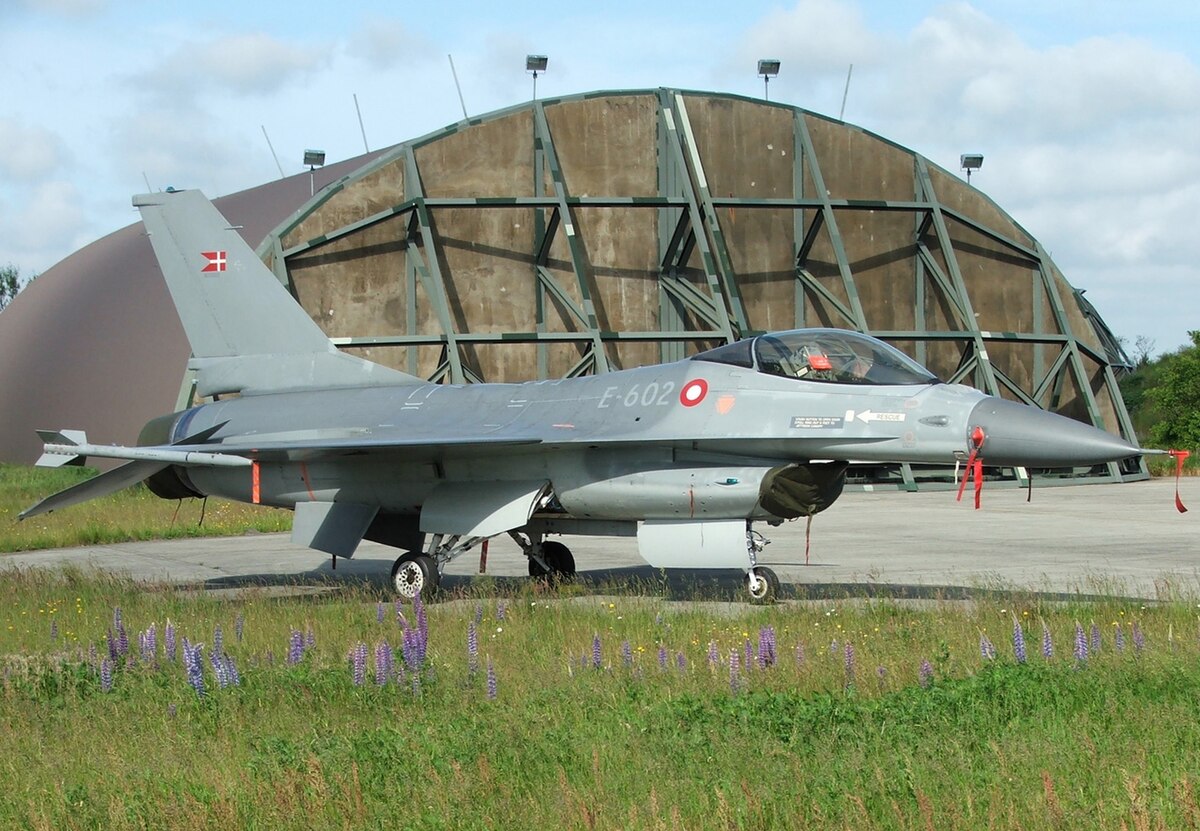With the anniversary of a British victory over Argentina in the 1982 Falkland War approaching, the UK is sending two naval aircraft to the island for a key display.
Two iconic Royal Navy planes, the retired Sea Harrier jump jet and a Lynx chopper, are traveling 8,000 miles to serve as centerpieces of a brand-new museum in the Falklands, the Royal Navy said in a press statement.
The statement noted that the aircraft was being moved to the Falklands to be displayed at a commemorative exhibition that the islanders are organizing to honor the men and women who freed the Falklands from the Argentine authority in 1982.
A display chronicling the war’s history already exists in Stanley’s capital city. Still, the museum is building a new hall to house larger exhibits, including the two iconic aircraft. Since the aircraft were not in a condition to take on the long flight, the service noted that the only way to send them to the Falklands was to ship them via the sea.
The Falkland Islands War, also known as the Guerra de las Malvinas, lasted ten weeks in 1982. It was fought for two British dependent territories in the South Atlantic: the Falkland Islands and its dependent territories, South Georgia and the South Sandwich Islands.
Argentina invaded and conquered the Falkland Islands on April 2. South Georgia was invaded the next day. In retaliation, the UK dispatched a naval task force to confront the Argentine Air Force and Navy. This was followed by a massive amphibious attack, resulting in a British triumph.
The 74-day war ended with the Argentine capitulation on June 14, and the UK regained control of the islands. In the Falklands, this day is commemorated as ‘Liberation Day’.
Two veteran RN aircraft are heading to the #Falklands to take centre stage in a new exhibition hall marking the 1982 conflict.
A Lynx Mk8 and a Sea Harrier – the latter moved from @RNASYeovilton – are being shipped south.
🔗 https://t.co/Cs1zuhewvS pic.twitter.com/Z5HXfUNNBZ
— Royal Navy (@RoyalNavy) April 30, 2024
The aircraft meant for the new museum will stand as a symbol of the British military power and its control over the islands. It is, however, intriguing that of the two aircraft dispatched for the museum, only the Lynx participated in the 1982 campaign.
The Sea Harrier, ZH801, was given to the Fleet Air Arm following the war and operated there until 2004. In contrast, the Lynx XZ725 saw action in the campaign and served honorably to the conclusion of its active life.
The helicopter attacked and damaged the Argentine submarine Santa Fe in South Georgia while operating off of the frigate HMS Brilliant during the initial stages of Britain’s attempts to reclaim its South Atlantic islands.
After continuous upgrades and overhauls, the helicopter became a Lynx Mk8. It was last seen taking off from the deck of the frigate HMS Iron Duke. It was then moved to HMS Sultan in Gosport, where it is being used as an air engineer training tool.
Both aircraft will be loaded onto a supply ship that will sail to the Falkland Islands next week.

This year’s commemoration of the British victory is significant as it comes amid Argentina’s overhaul of its military: its latest acquisition has been the F-16 Fighting Falcons, which the country is buying from Denmark.
In a deal heralded as a “historic purchase,” Argentina formally agreed earlier this month to purchase 24 former Danish F-16A/B planes and AMRAAM and Sidewinder missiles.
The purchase has rattled the UK, with lawmakers questioning the government over the UK’s present defense posture in the South Atlantic. While the British Secretary of State for Defense, Leo Docherty, has assured us of a strong military posture in the region, there is speculation that the country would keenly watch the developments in Argentina.

The British government would be on its own in case of a threat to the Falkland Islands. Despite being a member of the North Atlantic Treaty Organization (NATO) alliance, Britain would not get support from NATO based on the security bloc’s Article 5-related collective security clause.
Falklands Not Under NATO Security Blanket
The Falkland Islands are a group of islands located on the Patagonian Shelf in the South Atlantic Ocean. Although self-governed, it is a British overseas territory. The islands have had French, British, Spanish, and Argentine settlements at different points in their history.
Argentina continued to claim the islands even though Britain re-established its authority in 1833. Argentina’s armed forces attacked the islands in April 1982. Two months later, London regained control after the war ended in Argentina’s surrender.
Since their short-lived but violent confrontation over the islands in 1982, Britain and Argentina have persistently disagreed about sovereignty over the Falkland Islands.
The UK maintains a vigil and a strong presence on the island. However, as stipulated in Article 5, if this British territory were to come under attack, NATO members would not be legally obligated to defend this overseas part of the UK.
The NATO members did not come to Britain’s defense even in 1982. All these years, little has changed, and the Falklands remain as lonely in their security as the US territories of Hawaii and Guam.

The Washington Treaty made the exclusion Clear decades before the struggle for the Falklands broke out. While Article 5 of the treaty permits collective self-defense against a military attack on any member state, Article 6 limits the circumstances in which that defense may be used.
“An armed attack on one or more of the Parties is deemed to include an armed attack on any of the Parties’ territory in Europe or North America,” states Article 6. However, there is a caveat. It further specifies that any island territories must be situated in the North Atlantic, north of the Tropic of Cancer.
The Falkland Islands, however, lie in the South Atlantic region. Hence, when the war broke out, the NATO allies refused to participate. The United States helped Britain with fuel, intelligence, and ammunition for the Falklands campaign; however, no direct military support was provided.
- Contact the author at sakshi.tiwari9555 (at) gmail.com
- Follow EurAsian Times on Google News




